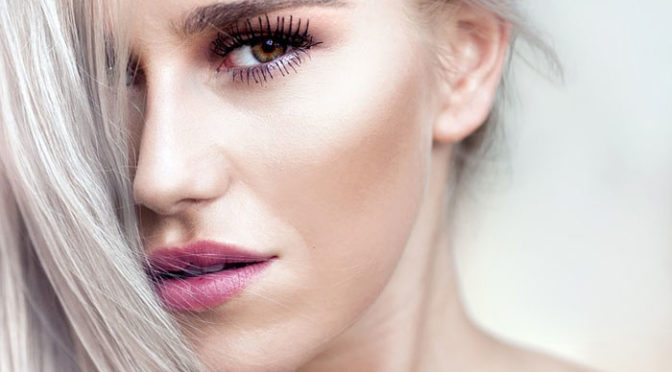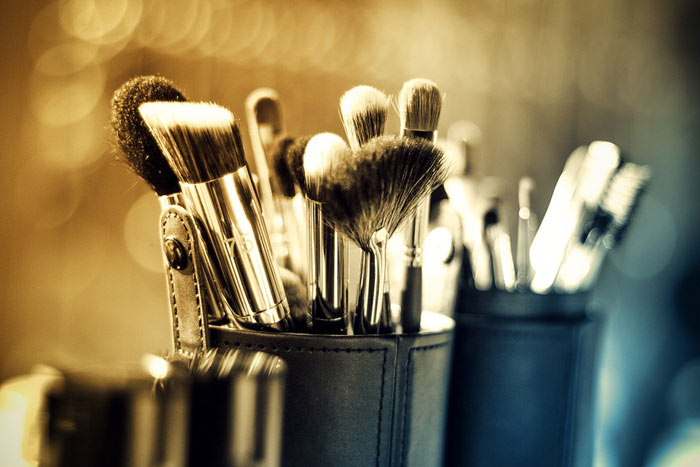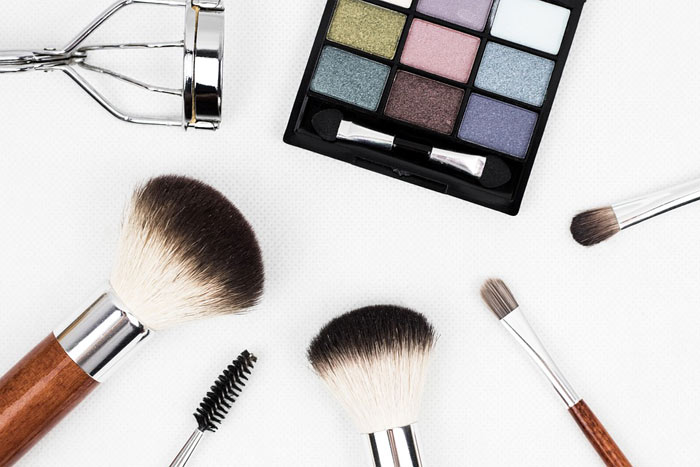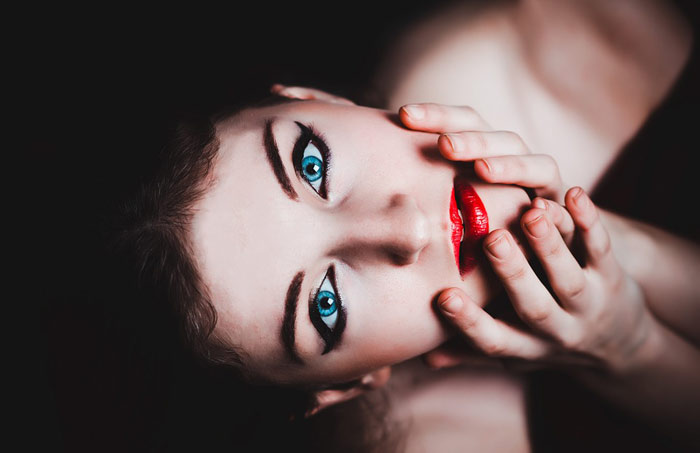A woman with permanent makeup is ready for any surprises. She looks ideal when it is rainy or snowy, after a night party or a tear-jerker. We decided to learn more about this procedure, how to prepare for it and what to expect from it.
1. What flaws of appearance can permanent makeup correct?
With the help of permanent makeup, you can not only highlight the most beneficial part of the face but also correct or completely hide the natural asymmetry and flaws, visually increase the eyes and adjust their shape, create or complete the eyebrow lines, increase or change the shape and color of the lips. Correct selection of pigments can make the appearance more harmonious and calm, and more vivid and expressive at the client’s request.
2. How long does the effect of the procedure last?
The effect lasts from 1.5 to 3 years and depends on many factors. Firstly, individual characteristics of the body: the density and fat content of the skin, the hormonal background, the immunity, etc. Porous, dense, and fat-prone skin removes permanent makeup faster than dry and thin skin. Besides, permanent makeup will soon fade, if the necessary areas are not protected from the sun. In addition, the stability of makeup depends on the selected area. Eyebrows need to be updated once a year, eyes and lips are slower to fade, so they are usually updated every 1.5-2 years. Sometimes the effect lasts up to 3 years. If you do not update permanent makeup, the pigment will gradually disappear. After about 5 years, nothing will remain.
3. Can I use decorative makeup along with permanent makeup?
Yes. Permanent makeup artists are often addressed by the clients wishing to have natural makeup rather than decorative permanent makeup. The goal of such clients is to wake up in the morning without makeup, but already looking good. It is a soft, natural permanent makeup that is invisible to others but adds neatness and completeness to the girl’s natural look. In such cases, women use decorative makeup. By the way, it’s easier to apply permanent makeup because you just need to highlight the existing shape rather than create it again.
4. How natural does permanent makeup look on the skin?
Everything depends on the client’s request. One can achieve such an effect that no one will suspect the client of having permanent makeup – it will look as natural as possible. One can also make a bright accent on the selected area. In this case, permanent makeup will look like a very carefully applied decorative makeup. The people will think that the eyebrows are slightly touched with shadows, and there is persistent lipstick on the girl’s lips.
5. What contraindications does the procedure have?
Permanent makeup is categorically contraindicated to people with high fever or an insulin-dependent form of diabetes, diseases associated with reduced blood coagulability, mental illnesses, diagnosed with AIDS or HIV. It is necessary to avoid using permanent makeup in the period of exacerbation of any diseases, in case of herpes (when lip makeup is involved), conjunctivitis (in case of eye makeup), and also during pregnancy.
Other contraindications include performing the procedure during menstruation, during the post-operative recovery and during the intake of an antibiotic, as it may interfere with the even distribution of the pigment under the skin, or lead to the pigment being removed too quickly.
6. How to prepare for applying permanent makeup?
Before the procedure, you need to give up tanning for seven days, avoid taking alcohol on the eve of the procedure, as it can reduce the anesthetic effect. It is worth starting to prevent the infection of herpes five days before the day of the procedure, taking a pill in the morning and in the evening. Before eyebrow makeup, pre-correction and staining of the hairs are excluded. Before the eyelid procedure, you need to remove damaged eyelashes and contact lenses.
7. How does the procedure work?
A client comes to the consultation. She gets acquainted with the master and makes up her mind what result she wants to achieve. If this is permanent makeup, the girl can show a photo of the shade she likes.
If the client does not complete the request, the expert will prompt you what shape and color to choose, which is better for a particular color and the woman’s appearance. After reaching the agreement, the expert draws a sketch, which takes about 5 minutes. The client shares her opinion, asks to correct the sketch or approves it. During the procedure, anesthesia is applied to the skin. When anesthesia works, the introduction of pigment under the skin begins. One area takes from 1 to 2.5 hours. The average time of the procedure is 1.5 hours. After the procedure, there may be small swelling that will disappear the next day. Permanent makeup looks bright and beautiful right after the procedure.
The final result should be evaluated after a month since this period is needed for the color stabilization to take place. If you need to improve something, you can make an additional correction after four weeks. If after this correction you still need to change something (this sometimes happens with aging or problem skin), subsequent procedures are conducted free of charge until the ideal result is achieved. More than two corrections are usually not needed. Very often, the correction may not be needed at all.
8. How do I care for my skin after the procedure?
No complicated care is required. During the first 4-5 days, you will need to apply Bepanten ointment several times a day. You are not allowed to rub the treated area or exfoliate the crusts formed on the skin. Visiting a bath, a sauna, a sun deck or a pool, should be excluded for 10 days after the procedure.




